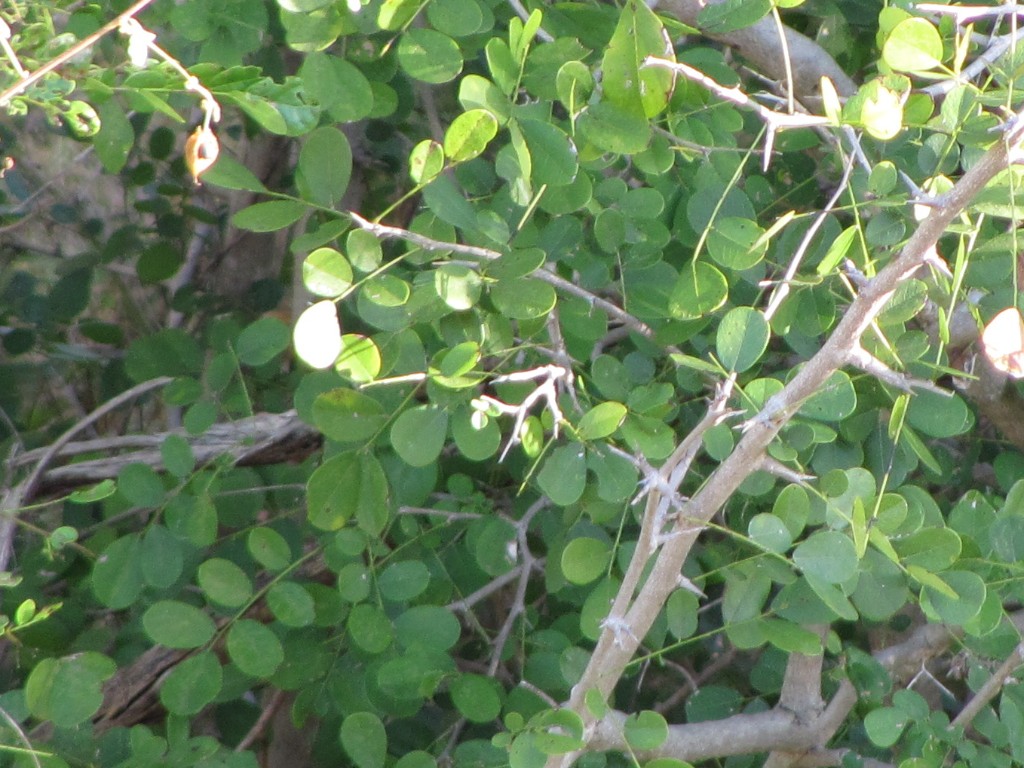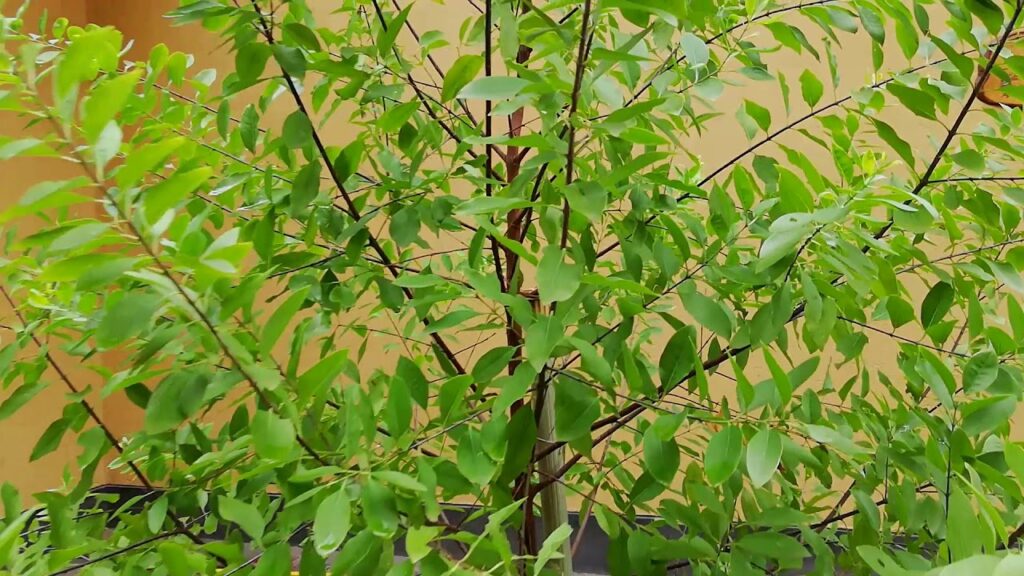Coast Region. Tanzania’s is grappling with a perilous situation as indigenous trees face the risk of extinction. The alarm was sounded by Reuben Magandi, the Conservation Officer of the Tanzania Forest Services Agency (TFS), during a recent training session organized by the Environmental Journalists of Tanzania (JET).
Magandi emphasized that concerted efforts are required to protect and conserve vital resources, particularly species such as Dalbergia melanoxylon (Mpingo), Osyris lanceolata (Misandali), and Pterocarpus Tinctorius (Mikurungu). These trees are under siege due to activities like unchecked logging and charcoal production within protected forests.

The urgency of the situation was underscored by Magandi, who highlighted the crucial role these trees play in Tanzania’s ecological balance. He stressed that the country benefits significantly from these species, protected under the 2014 international CITES agreement. Their disappearance could lead to environmental degradation, transforming sections of the country into deserts.
To counter these threats, Magandi detailed ongoing initiatives to restore natural vegetation. Collaborative efforts between the Tanzania Forest Services Agency, various institutions, and communities are underway. The USAID-funded “Tuhifadhi Maliasili” project, facilitated by JET, plays a pivotal role in supporting these endeavors.
Magandi emphasized the importance of public education on responsible environmental practices. Initiatives such as tree planting, seedling distribution to communities and schools, and the promotion of alternative income sources like beekeeping and honey harvesting are actively being pursued.

The Conservation Officer also highlighted international collaborations and agreements focused on preventing the indiscriminate harvesting of vulnerable trees. These partnerships aim to ensure the sustained existence of endangered plant species for future generations.
Addressing environmental challenges, Magandi pointed out the significant threat posed by wildfires to protected forests. Community involvement and education are integral components of fire prevention and control strategies. By engaging communities and providing them with the knowledge to protect native trees, authorities hope to minimize the risk of uncontrolled wildfires.

Director of JET John Chikomo, emphasized the pivotal role of journalists in raising awareness about environmental conservation. He stressed that journalists are essential stakeholders in educating the public about the importance of preserving and protecting the environment.
JET, established in 1991, has been conducting training programs for journalists, and its current project, funded by USAID, focuses on the seven wildlife corridors in Tanzania.
Twenty journalists, representing both government and private media from mainland Tanzania and Zanzibar, were trained under this initiative. They pledged to disseminate information on the critical importance of environmental conservation, acknowledging that environmental degradation could lead to various consequences, including climate change.
According to them, the precarious situation facing Tanzania’s indigenous trees demands urgent and collective action. Through collaborative efforts, awareness campaigns, and sustainable practices, the country aims to safeguard its invaluable natural resources. The commitment of trained journalists underscores the role of the media in fostering environmental conservation and sustainability.



Can you be more specific about the content of your article? After reading it, I still have some doubts. Hope you can help me.